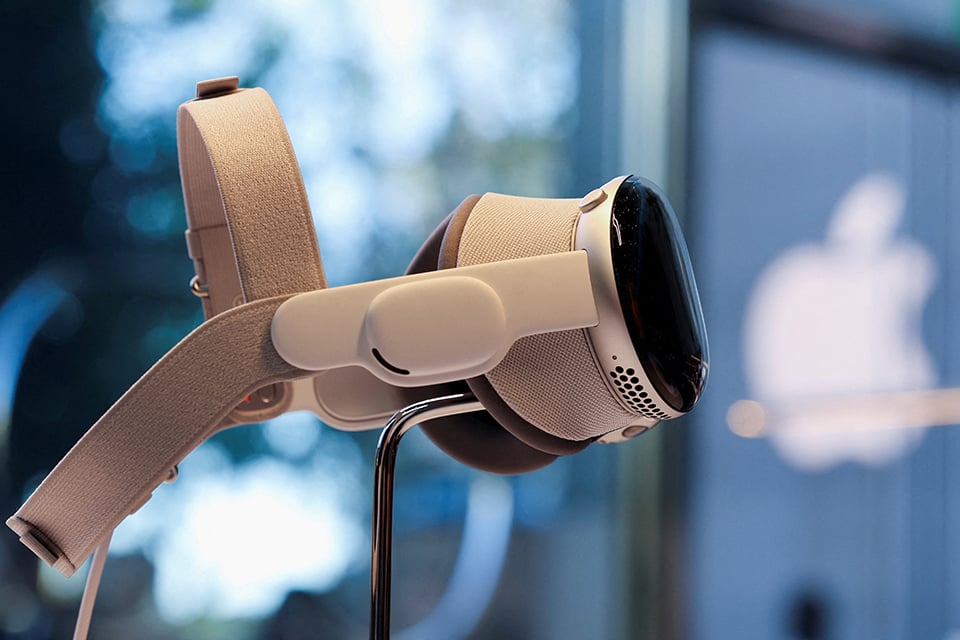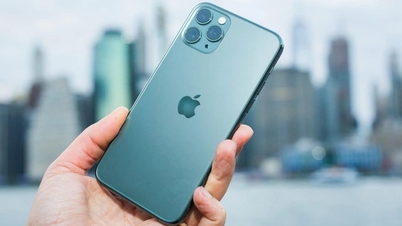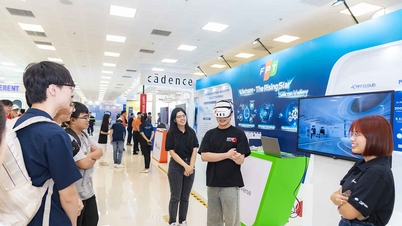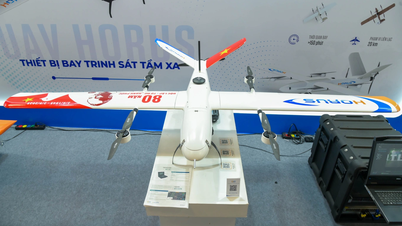Omdia said the raw material costs for the Vision Pro glasses do not include R&D, packaging, marketing, or Apple’s profit margins. The most expensive part is the 1.25-inch display made by Sony Semiconductor, which is a key component to deliver more realistic images than competing augmented reality glasses. Omdia estimates the cost of a single Micro OLED display at $228, and the Vision Pro uses two of them.

Apple makes nearly $2,000 profit for each Vision Pro sold?
In its announcement, Apple said that the Vision Pro display has more than 23 million pixels and is the highest display density on the market. According to iFixit, 54 pixels of the Vision Pro display can fit into 1 pixel on the iPhone screen, and each pixel is about 7.5 microns apart.
Apple is said to have chosen a high-resolution display for the glasses to better simulate reality when using "pass-through" mode, which uses an outward-facing camera to display video in the real world . The high resolution allows users to read text or numbers in virtual reality, while also eliminating the "screen door" effect often seen in other glasses, where thin lines separating pixels become visible.
The Vision Pro’s most expensive components include the Apple M2 chip paired with the Apple R1 processor. In addition to the component costs, there are R&D, packaging, and shipping costs. Capital costs can add significantly to the initial cost of component orders.
Mentioning Vision Pro in his recent financial report, CEO Tim Cook said that besides the most expensive parts of the device, the large amount of technology inside the product as well as R&D activities make its cost high.
“This product has 5,000 patents and builds on many of the innovations Apple has spent years developing, from silicon to displays, as well as important artificial intelligence and machine learning. The hand tracking, indoor mapping features are all driven by AI, so we’re incredibly excited about it,” said Mr. Cook.
Source link


![[Photo] President of the Cuban National Assembly visits President Ho Chi Minh's Mausoleum](https://vphoto.vietnam.vn/thumb/1200x675/vietnam/resource/IMAGE/2025/10/1/39f1142310fc4dae9e3de4fcc9ac2ed0)


![[Photo] Keep your warehouse safe in all situations](https://vphoto.vietnam.vn/thumb/1200x675/vietnam/resource/IMAGE/2025/10/1/3eb4eceafe68497989865e7faa4e4d0e)

![[Photo] Hanoi morning of October 1: Prolonged flooding, people wade to work](https://vphoto.vietnam.vn/thumb/1200x675/vietnam/resource/IMAGE/2025/10/1/189be28938e3493fa26b2938efa2059e)























































































Comment (0)